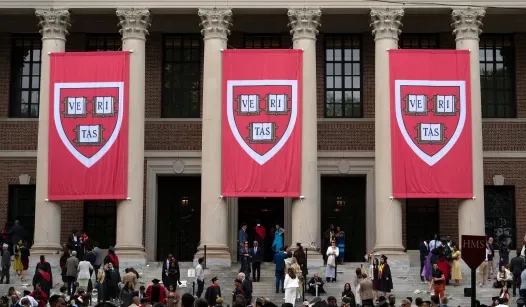Harvard University has sparked considerable debate with its potential plans to establish a conservative center. As discussions unfold, many are left wondering whether this initiative is a genuine commitment to fostering intellectual diversity or merely a symbolic gesture. To assess the seriousness of this endeavor, there are five key indicators to monitor.
First, the university’s commitment to hiring faculty who represent a range of political perspectives is crucial. A diverse faculty not only enriches academic discourse but also ensures that students are exposed to a variety of viewpoints. If Harvard actively seeks out conservative scholars and supports their research, it signals a genuine effort to create a balanced academic environment.
Second, the curriculum offered by the proposed center will be telling. A robust program that includes conservative thought, philosophy, and policy analysis would demonstrate Harvard’s dedication to intellectual diversity. If the center prioritizes a wide array of topics and encourages open debate, it will likely indicate that the initiative is more than just a superficial addition to the campus landscape.
Third, the level of engagement with students from different political backgrounds will be a significant factor. A successful center should facilitate discussions and events that attract a diverse student body, encouraging participation from all ideological perspectives. If the center fosters an inclusive atmosphere where students feel comfortable expressing their views, it will reflect a true commitment to intellectual diversity.
Fourth, external partnerships and collaborations will also shed light on Harvard’s intentions. If the university seeks to work with conservative organizations, think tanks, and scholars from other institutions, it will demonstrate a willingness to engage with a broader spectrum of ideas. These partnerships can enhance the center’s credibility and show that Harvard is serious about fostering a diverse intellectual community.
Finally, transparency in the center’s operations and decision-making processes will be essential. If Harvard openly shares its goals, funding sources, and the criteria for selecting speakers and events, it will build trust and demonstrate accountability. A transparent approach will help dispel any doubts about the center’s legitimacy and reinforce its commitment to intellectual diversity.
In conclusion, as Harvard navigates the complexities of establishing a conservative center, these five indicators will serve as vital signs of the university’s dedication to fostering a truly diverse intellectual environment. Observing these factors will help the public gauge whether this initiative is a meaningful step toward inclusivity or simply a façade.
